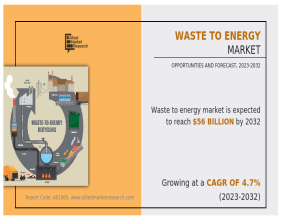Highlights
- Market slides amid renewed trade tariff concerns.
- Commodity prices pressured by stronger U.S. dollar and China’s steel output cuts.
- Key sectors, including materials and energy, face early declines.
Global equity markets faced fresh turbulence as renewed tariff concerns rattled investor sentiment. The latest round of trade policy uncertainty came after former U.S. President Donald Trump announced new tariffs on imports from Mexico, Canada, and China, set to take effect next week. This development sparked a downturn in Australian equities, with the S&P/ASX 200 slipping 62.4 points (0.75%) to 8,205.8 by mid-morning (AEDT).
Over the past five trading sessions, the index has recorded a 1.09% decline, though it remains relatively unchanged on a year-to-date basis.
Tariff Uncertainty Pressures Commodities
The concerns surrounding trade restrictions had an immediate impact on commodity markets. A stronger U.S. dollar created additional headwinds, leading to mixed movements in base metals, while iron ore and gold prices retreated.
Market strategists pointed to speculation that China may cut steel production by 50 million tonnes this year as a key reason for iron ore’s decline. This potential reduction in output is seen as part of China’s efforts to curb overcapacity in its steel industry, which could significantly dampen iron ore demand. Adding to market jitters, Trump’s announcement of a 25% tariff on U.S. steel imports has raised further concerns about disruptions in global trade flows.
Market Sectors Face Broad Declines
Shortly after the opening bell, ten out of eleven market sectors were trading in the red. The materials sector led the decline with a 0.81% drop, while utilities edged lower by 0.29%, industrials dipped 0.18%, and energy slipped 0.12%.
Among resource stocks, gold producer Regis Resources (ASX:RRL) and uranium explorer Deep Yellow (ASX:DYL) saw early weakness. Regis Resources fell 3.51% to $3.17, while Deep Yellow declined 3.26% to $1.04.
Broader Market Perspective
The S&P/ASX 200 remains the key benchmark for Australia's equity market, covering the top 200 companies by market capitalisation and accounting for nearly 80% of the Australian market. Recognised as the primary institutional benchmark, the index serves as a critical indicator of market performance and investor sentiment.
With ongoing trade policy uncertainty and commodity price fluctuations shaping the global landscape, market participants remain watchful for further developments that could influence future price action.




